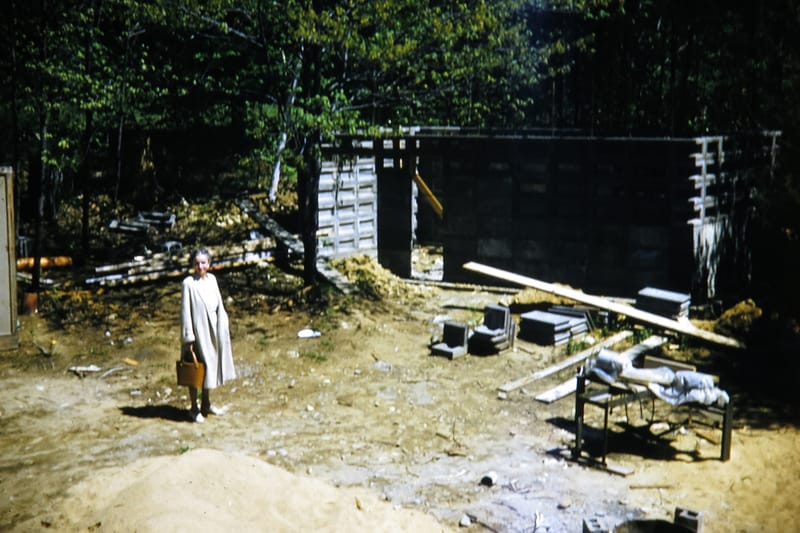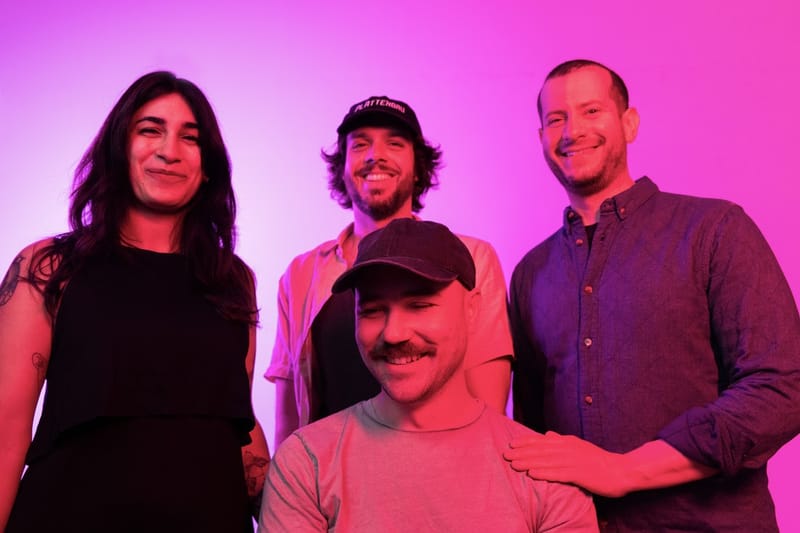Sam Robbins gets in touch with his roots for new album, ‘So Much I Still Don’t See’
It’s been mentioned that Portsmouth musician Sam Robbins is an “old soul singer-songwriter.” This description is very evident through his classic folk influences from various artists who made their mark in the ‘60s and ‘70s. He puts a contemporary spin on this particular style and his approach has g

It’s been mentioned that Portsmouth musician Sam Robbins is an “old soul singer-songwriter.” This description is very evident through his classic folk influences from various artists who made their mark in the ‘60s and ‘70s. He puts a contemporary spin on this particular style and his approach has garnered him an abundance of success that includes sharing the stage with the likes of Jason Mraz and Liz Longely. Robbins is also a winner of various songwriting competitions, such as the 2021 Kerrville Folk Festival New Folk Competition in Kerrville, Texas. Back on April 25, Robbins released a new album titled “So Much I Still Don’t See,” and it’s already garnered a ton of acclaim.
For the making of the full-length, Robbins returned to his home region of New England after spending a few years in Nashville to do the recording in an old church in Springfield, Mass. The reasoning behind this was after doing some studio work in the “Music City,” he wanted to see what it would be like doing something similar that’s closer to where he’s from.
“It was cool,” he mentions. “I wanted to do something in New England because I’m from the region and I had been in Nashville while experiencing the studio scene there, so I wanted to do something that felt a little more like home. After experiencing the Nashville scene, I wanted to see what the studio world was like up here.”
The creative endeavor was something way different than Robbins had ever done before as a musician. Rather than working quickly, he decided to focus more on the entire process, and he’s satisfied with the end result.
“It’s way beyond, I would say,” he says about his approach this time around. “The first album I made, I was in college and it was just sort of a college project, while the second album was me trying out the Nashville studio world. This one was everything I had pieced together from that experience while also playing a lot more. I took a lot more time on this album, a lot more time, to put the songs together and get it all together piece by piece. I took a lot more time with editing the songs and really paring down what would make the best album rather than just there being a collection of songs.”
Robbins’ initial reasoning for moving down to Nashville at the beginning of the decade was because he figured at the time that it was a proper move for his career. He eventually decided to move back to these parts due to missing family and the fact that he enjoys living in the Northeast.
“I went to Berklee [College of Music] in Boston and it was kind of the path,” he says about going down to Nashville. “I also wanted to explore what it would be like to go somewhere else. A lot of my friends were moving there and dropping out of college and moving there, and I was sort of watching them from afar on social media. It seemed like a cool scene and looking back, I think it’s a process that everybody goes through where they’re trying to find their way in life and stuff. When I got there, I had to realize what worked for me rather than what I thought worked for me.”
Adds Robbins, “You build up things in your head of what they’re going to be and it just felt like it had run its course. My family is all in New England and my fiancee and her family are all in New England, so I like it up here, it’s nice up here. I think the Nashville thing had run its course, I don’t know what else to say. I got a really good taste of what the city was like and a lot of the music scene there wasn’t really for me, the country world and everything like that.”
The sonic landscape of “So Much I Still Don’t See” is inspired by Robbins’ upbringing from when he was growing up in New Hampshire. He and his dad would go up to the White Mountains for weekend hiking trips while listening to the music of ‘70s singer-songwriters like James Taylor, Jim Croce, Harry Chapin and others. While he doesn’t feel that it’s a direct representation of his music, he does feel that music in general can be a reflection of someone’s environment.
“I feel like in a sense all music kind of is that,” he explains about how music can honor where an artist comes from. “The Beatles were a skiffle band and they were honoring the music of Liverpool. A lot of James Taylor’s songs are influenced by fiddle tunes, you can especially hear that in a lot of his early music. I kind of feel that way and I think what’s interesting is the scene in Portsmouth that I grew up in is also a part of it. There was this music scene in Portsmouth that had a lot of rock bands and I liked that kind of music too when I was growing up.”
“I played drums in a punk band and the big melodies in those songs and the energy from those songs, I liked that a lot, especially when I was younger,” Robbins adds. “It’s a very interesting question and yes, I think all musicians sort of honor their upbringings and I feel that piece of me when I travel around. I feel like I’m a kid from New Hampshire singing my New Hampshire songs.”
Highlights from Robbins’ new album include “Piles of Sand,” “What A Little Love Can Do,” “All So Important,” and “Ride With Me,” but it’s suggested to initially listen to all of “So Much I Still Don’t See” from beginning to end. To do exactly that, look it up on either Spotify, Apple Music, Deezer, iTunes or Tidal. For all the information on what he has going on in terms of shows, future projects and everything else, log onto samrobbinsmusic.com.





